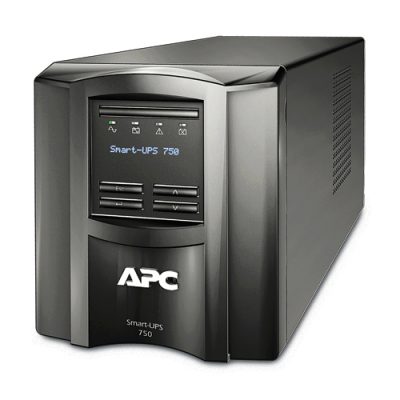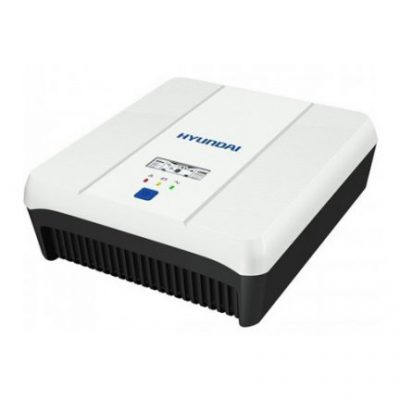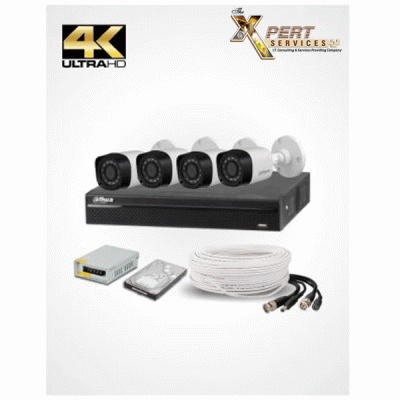
by Azhar Farooq | Nov 13, 2024 | Solar Inverter, Tech
Z4 Hybrid 1.6KVAZ 4 series49000/-Z4 Hybrid 2.8KVAZ 4 series57000/-Z5 3.2 KVA PV-4000 (Dual PV / Dual Out Put) (Inductive) HYBRIDZ 5 series118900/-Z5 4.5 KVA PV-6500 (Dual PV / Dual Out Put) (Inductive) HYBRIDZ 5 series159200/-Z5 6.5 KVA PV-8500 (Dual PV/ Dual Output...

by Azhar Farooq | Nov 5, 2024 | Solar Inverter, Tech
There are KNOX inverters. Voltronic power Inverters are highly efficient, user friendly and easy to install. They provide reliable, long-lasting performance and the best possible customer experience. Therefore, Konx inverter price in Pakistan is variable in different...

by Azhar Farooq | Oct 26, 2024 | Artificial Intelligence (AI)
From finishing your never-ending to-do list to planning that family dinner, finding the time and resources to deal with everyday problems can be difficult. Fortunately, we live in an age where technology has made our lives easier than ever before.One such...

by Azhar Farooq | Oct 26, 2024 | Artificial Intelligence (AI)
AI has been making waves in the technological world, especially generative AI tools and OpenAI is leading the charge. The recent unveiling of GPT-4 Vision (also known as GPT-4V) marks a significant milestone in AI technology. By merging text and visual comprehension,...

by Azhar Farooq | Oct 25, 2024 | Artificial Intelligence (AI)
Have you ever wished your website could talk back, engage and truly understand your visitors?It’s time to make it a reality! ✨No more static questions or robotic answers; It’s time for relevant, intelligent conversation on your website that makes visitors...















